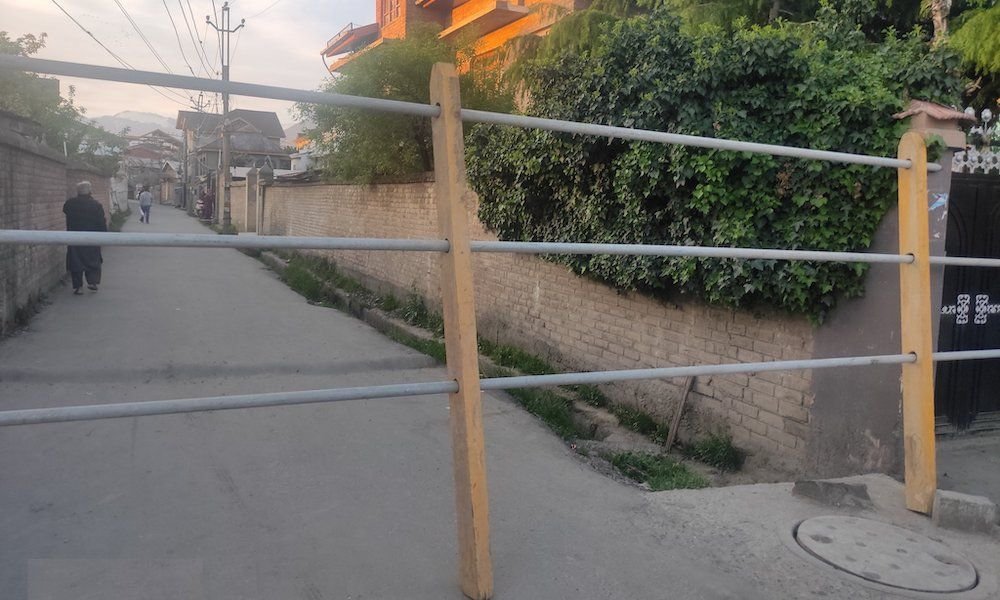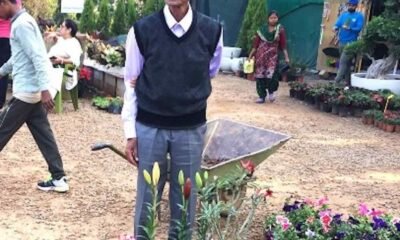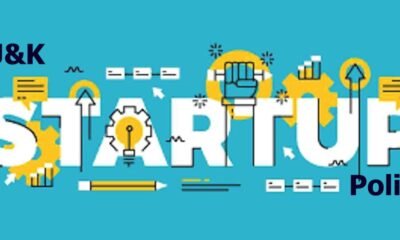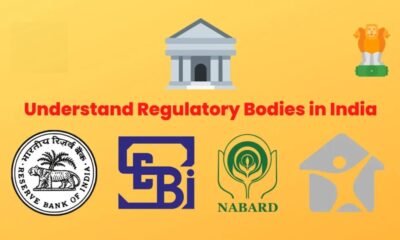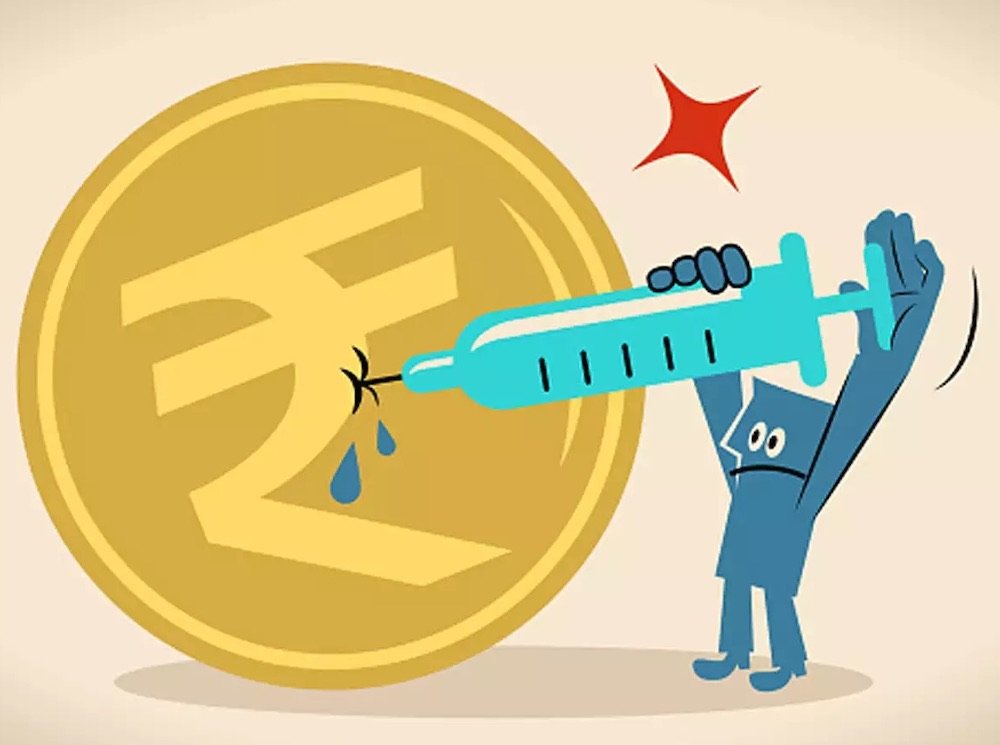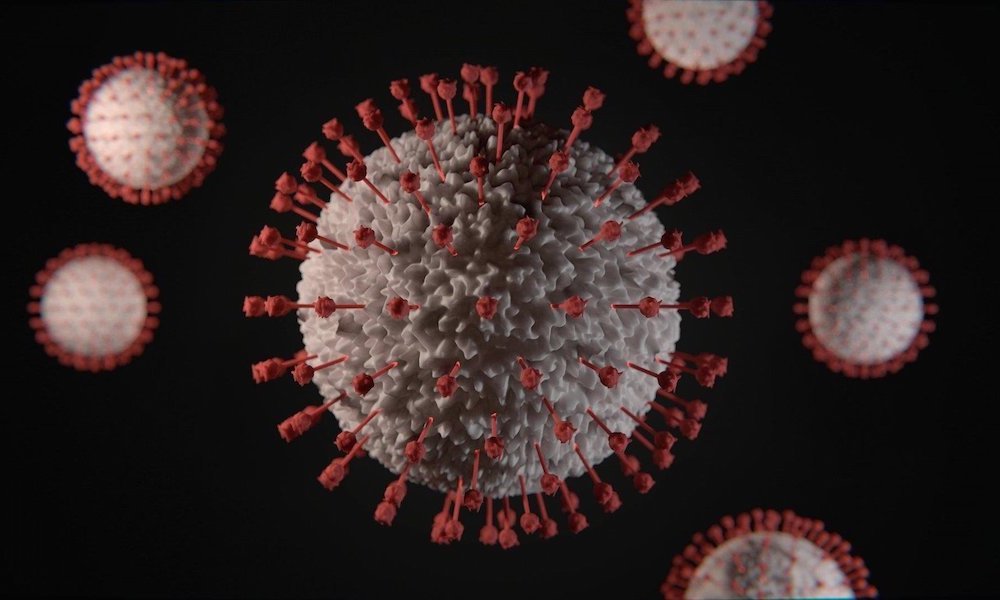Aina Bhat
Naveed Hamid
Infectious diseases have periodically posed a threat to human societies. A pandemic is a worst-case scenario in the world of infectious diseases. The latest in the sequence of pandemics was caused by the coronavirus family. Coronaviruses are single-stranded ribonucleic acid (RNA) viruses with pleomorphic genomes. The “novel” coronavirus is a modern strain that has never been seen in humans. The name comes from the crown-like appearance created by the club-shaped projections that adorn the viral envelope. The first pandemic of the twenty-first century was Severe Acute Respiratory Syndrome (SARS) in 2002, followed by Middle East Respiratory Syndrome (MERS-CoV) and Severe Acute Respiratory Syndrome (SARS) (SARS-CoV). The planet is now facing another pandemic known as Coronavirus disease 2019, abbreviated as COVID-19. On December 8, 2019, the first cases of COVID-19 were recorded in Wuhan, Hubei Province, China.
Since there are no specific treatments or vaccines, non-pharmaceutical interventions (NPIs) at the individual and collective levels are the only acts capable of containing the epidemic and reducing its effects on population health.
In December 2019, cases of a disease similar to pneumonia started to appear in Wuhan City, Hubei Province, China. The cases that emerged were caused by a previously unknown form of coronavirus. Since it emerged in 2019, this strain of the virus was dubbed Coronavirus 2019, or COVID-19. The Huanan seafood market in Wuhan, China, is believed to be the source of this virus. It was later discovered that the virus, which is transmitted from animal to human, can also be transmitted from human to human.
Although the molecular mechanism of the COVID-19 transmission pathway from human to human is still unknown, the general theory of respiratory disease transmission is similar. Droplet spreading spreads respiratory diseases. In this sort of spread, a sick person exposes people around him to the microbe by coughing or sneezing. In other words, environmental conditions play a significant role in the spread of this virus.
Since the COVID-19 pandemic is spreading at a rapid pace with cases more than 16 crore worldwide and 2.33 crores in India. COVID19 restrictions are in place in almost every aspect of life. Following hygiene laws is the most basic step to reduce the spread of coronavirus or to avoid infection. The most critical of these is hand washing. As a result, the transmission of this virus is slower in communities where people wash their hands and follow general hygiene laws. Official organisations have a high degree of involvement in the “stay at home” call. Scientists warn that the COVID-19 virus will easily spread to any age group.
The number of confirmed COVID-19 cases was registered by approximately 220 countries. Countries have implemented stringent measures such as school vacation, working from home, quarantine for areas with a large number of outbreaks, and, most notably, lockdown to slow the COVID 19 outbreak. The days of lockdown vary by country. Countries determined when the lockout began and ended based on the COVID-19 impact on their people. Since COVID-19 continues to have a strong impact on the public, several countries have prolonged the lockdown for several days. Countries are affected by the lockdown in both environmental and economic terms (Chakraborty and Maity, 2020). The lockdown has laid the groundwork for environmental regeneration, especially with the closure of factories and the reduction of both private and public transportation vehicles used. With the lockdown implemented during the pandemic process, COVID-19 improved air quality in many parts of the world. Economic operations have ceased to reduce carbon emissions as a result of the lockdown.
Lockdown as a most impactful initiative for spreading of Covid-19
Since the outbreak of the novel coronavirus in December 2019, the lockdown has been described as the only successful global measure to halt the spread of this pandemic in the population. India enforced a full shutdown across the country as lockdown I on March 25, 2020, and then extended it by providing timely partial relaxations in the form of lockdown II, III, and IV.
COVID-19 cases and deaths are growing on a regular basis due to its ability to spread by sneezing, cough droplets, and touching. Since this virus enters the body via the mouth, nose, and eyes, it has resulted in a worldwide lockdown, quarantine, and certain restrictions. To prevent this pandemic, governments imposed a slew of social restrictions. The limitation of lockdown was at the forefront of these steps. According to statistics, the lockdown plays an important role in stopping COVID-19.
Lockdown Impact
Upon analysing numerous secondary data-based studies, the findings revealed that the lockdown was successful in lowering incidence and mortality rates in the majority of countries. As a result, it was used as a tactic to halt the spread of the COVID-19 outbreak. The efficacy of lockdown increased gradually in scenarios that took into account time lags between intervention initiation and the onset of the effect, as predicted by the dynamics of the infection itself. Since the COVID-19 epidemic has an exponential growth pattern, the success of reducing incidence is influenced by the time of the epidemic when social distancing measures are put in place.
As per various studies, strict social distancing measures represent an effective way to slow the progression of COVID-19 epidemics. However, these measures have a great economic, psychological and social impact.
- Psychological effect
It has been shown that lockdown is linked to human psychology. Stress (8.0 percent) and depression (16.0–28.0 percent) were identified as psychological reactions during the COVID-19 pandemic. These psychological symptoms were observed in only a few of the affected countries and do not represent the experiences of people living in other parts of the world. As a result, it is apparent that having reported cases and mortality rates as a result of the COVID-19 pandemic has an effect on mental health issues.
- Environmental effects
Researches have been conducted to investigate the environmental impact of the Covid-19 lockdown. It has been observed that the world has begun to renew itself as a result of all types of manufacturing, vehicle movement, and people’s social activities remaining at a low level for a long time. Lockdown restrictions, in particular, have been shown to improve air and water quality.
- Economic effects
The 2020 coronavirus pandemic has had a major economic effect in India. India’s growth rate in the fourth quarter of the fiscal year 2020 fell to 3.1 percent (Ministry of Statistics). According to the Chief Economic Adviser to the Government of India, this decline is primarily due to the coronavirus pandemic’s effect on the Indian economy. Notably, India had been experiencing a pre-pandemic slowdown, and the pandemic has “magnified pre-existing threats to India’s economic outlook,” according to the World Bank.
The World Bank and rating agencies initially revised India’s growth for FY2021 to the lowest levels seen in three decades, dating back to the 1990s when India’s economy was liberalised. CRISIL declared on May 26 that this could be India’s worst recession since independence. According to State Bank of India research, the GDP contracted by more than 40% in Q1. The Ministry of Statistics published GDP figures for Q1 (April to June) FY21 on September 1, 2020, showing a contraction of 24% compared to the same timeframe the previous year. Economic activity dropped from 82.9 on 22 March to 44.7 on 26 April, according to the Nomura India Business Resumption Index.
Conclusion
The Covid-19 pandemic outbreak has had a global effect, with significant economic implications. One of the repercussions has been the implementation of unprecedented lockdown and restriction policies in a number of countries. Travel restrictions and the need to stay in our residential homes to reduce the spread of the virus are expected to significantly alter anthropogenic pollutant emissions, both in terms of released mass and time variations. This has been observed since the start of the lockdown, specifically through the study of data from air quality monitoring networks and satellites.

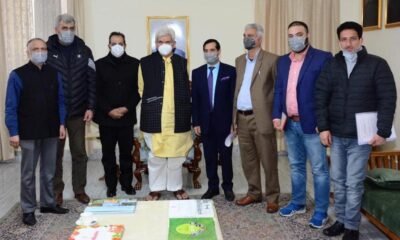

 Industry4 years ago
Industry4 years ago


 Economy2 years ago
Economy2 years ago
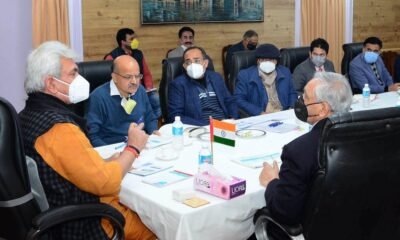

 Energy4 years ago
Energy4 years ago


 Infra4 years ago
Infra4 years ago
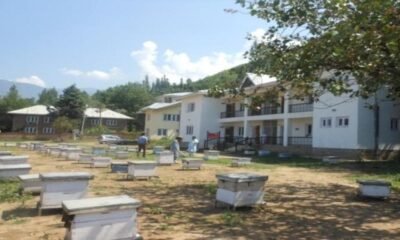

 AgriBiz4 years ago
AgriBiz4 years ago
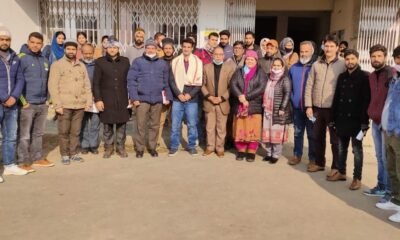

 Careers4 years ago
Careers4 years ago


 Jobs4 years ago
Jobs4 years ago
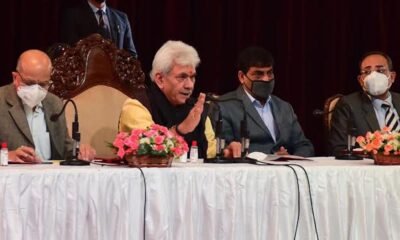

 Economy4 years ago
Economy4 years ago
